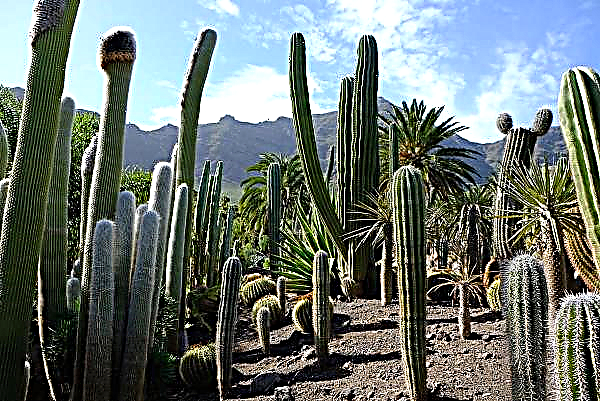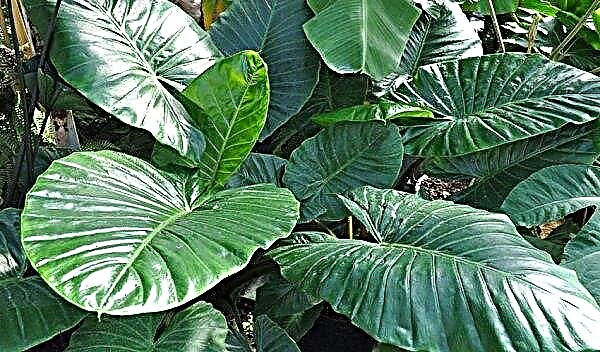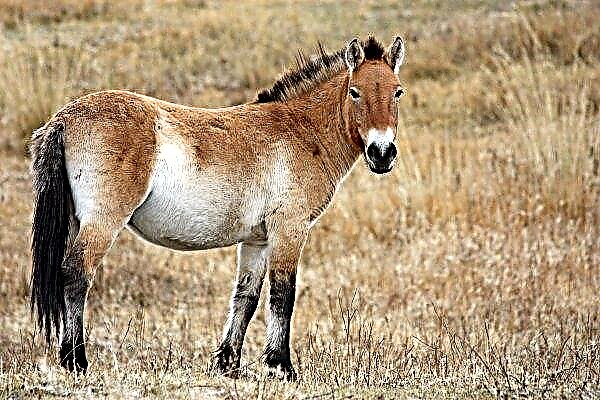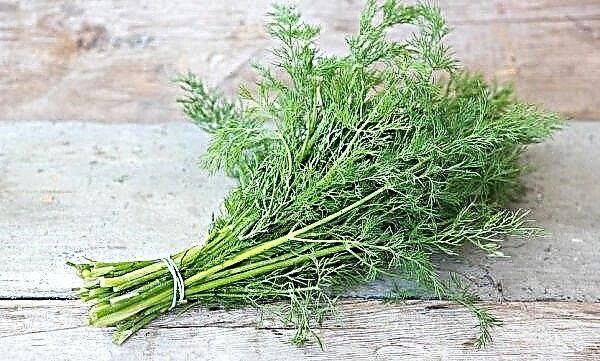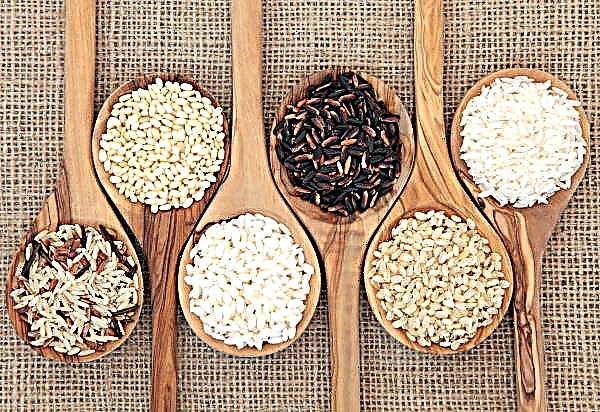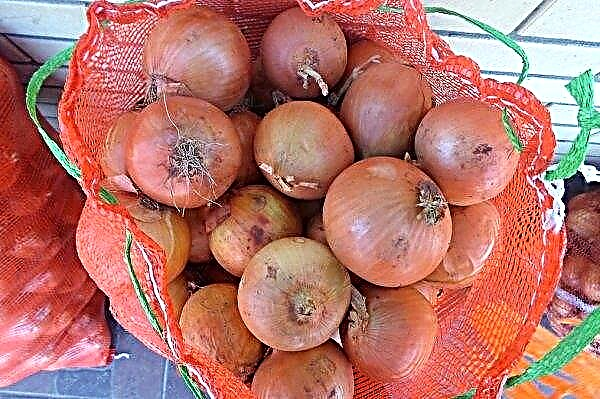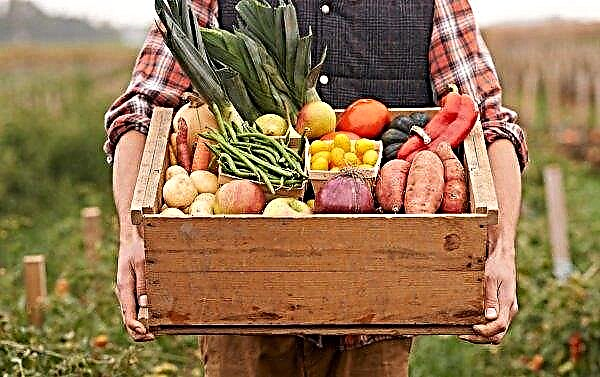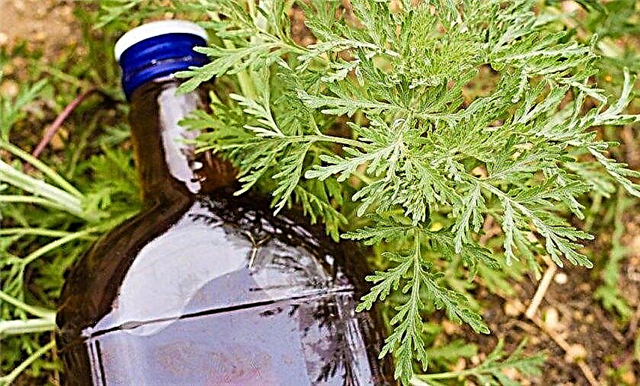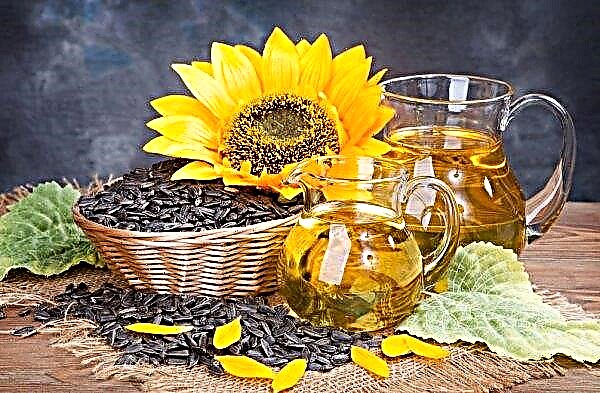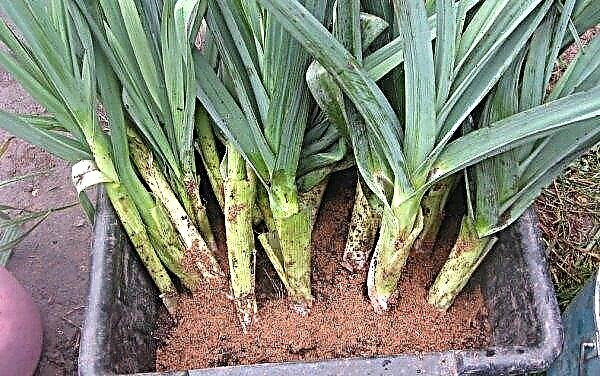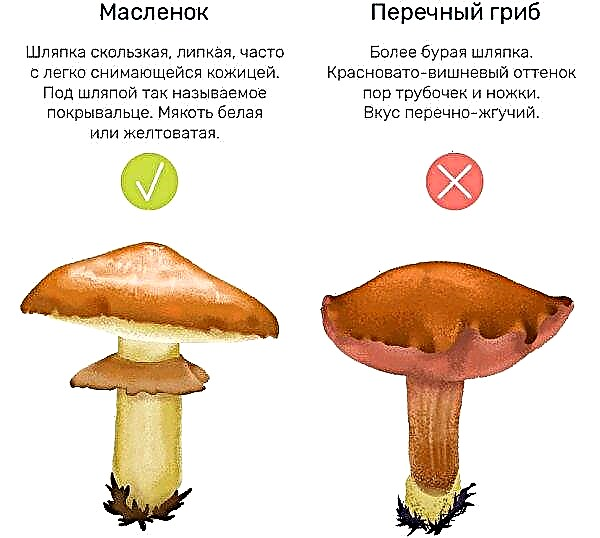Every experienced gardener knows that it is impossible to plant the same crop year after year on the same plot, since this significantly reduces the quality of the crop. That's why there is such a thing as a crop rotation. It determines the rules for planting crops. In the article, we consider the features of potato crop rotation.
What is crop rotation and what is its importance
Crop rotation is an important component of agriculture. Its essence is the alternation of crops grown on the land.
The annual cultivation of the same plants in one area leads to soil depletion and lower yields, so it is recommended to replace the crop grown in the next season. Using the right crop rotation will allow:
Using the right crop rotation will allow:
- increase soil fertility and, accordingly, yields;
- reduce the effects of erosion of water and wind;
- reduce the damage to crops by pests and diseases.
Crop rotation features
Crop rotation is necessary not only on the scale of farms, but also for any private garden. This is due to plant nutrition. Each plant consumes some substances from the soil and enriches it with others.
Depending on what plants are planted, crop rotation is field, fodder and special. The field includes the cultivation of grain and industrial crops, the feed is intended for the cultivation of various feeds (succulent, coarse or green), and in a special crop rotation, vegetables, fruit crops, rice, etc. are grown. Each type has its own approach to the ratio of crops and soil restoration methods.
Did you know? The first vegetable that was grown in space back in 1995 was potato.
What can be planted after potatoes
Not all plants can be planted after this root crop. To understand what crops it is permissible to plant after potatoes, you need to know what soil it needs, as well as the disease of this vegetable. Potatoes consume phosphorus and potassium from the earth, which means that it will be necessary to enrich the soil with fertilizers with the missing elements or to plant the right crops for the natural restoration of soil balance. The best option would be to sow the site with green manure - plants that are used as organic fertilizer. They are plowed into the soil. This results in compost that protects the earth from external influences, and the roots of such plants improve the structure of the soil. Siderata include: peas, beans, beans, alfalfa, lupine, clover, rye, barley, oats, rape, mustard, radish, turnip, radish, beets, lettuce, spinach.
The best option would be to sow the site with green manure - plants that are used as organic fertilizer. They are plowed into the soil. This results in compost that protects the earth from external influences, and the roots of such plants improve the structure of the soil. Siderata include: peas, beans, beans, alfalfa, lupine, clover, rye, barley, oats, rape, mustard, radish, turnip, radish, beets, lettuce, spinach.
Under the winter
Siderata is great for planting after harvesting potatoes, that is, you can plant a patch of rye and oats or plant legumes.
Next year
The next year's followers of potatoes are cucumbers, cabbage, beets, zucchini, beans, peas, and pumpkin. All vegetables except solanaceous ones will feel good in the area on which potatoes had previously grown.
What can not be planted after potatoes
You should not plant those vegetables that suffer from the same diseases (for example, macrosporiosis, late blight), like potatoes. These include: pepper, tomatoes, eggplant and other nightshade. Other vegetable crops have no contraindications. Not the best option - the location of some fruit shrubs and trees (apple tree, raspberry, mountain ash, cherry).
What can be planted between rows
In addition to disturbing the balance of the soil, another moment when crop rotation is not observed is the accumulation of a large number of pests.
This can be avoided by alternating beds with plants. There are cultures that will benefit each other if you plant them next door:Did you know? The first Russian person to taste potatoes was Peter I. This happened during his stay in Holland, where he brought food prepared from potatoes. The king liked the taste of the dish and he sent for growing a bag of potatoes to Russia.
- in the aisles you can plant flowers: calendula, marigold, celandine, chicory or nasturtium;
- vegetable crops are good neighbors: spinach, onions, cabbage, horseradish, beans, carrots, dill, garlic, salad.
Growing potatoes next to such crops drives pests away from it.
What can not be planted next to potatoes
Plants that inhibit potato and inhibit its development include: celery, sunflower, tomatoes, pumpkin, as well as quinoa and wormwood.
Tips for preparing beds
In the fall, after harvesting, it is necessary to prepare the beds for winter so that they come in order for the new garden season. First you need to clean the entire territory from weeds and tops. After that, fertilizers (organic and complex mineral with the addition of phosphorus and potassium) must be applied to the soil. Fertilizers are best applied for digging. It does not hurt to mulch the soil, i.e. fill it with any natural material (tops, branches, leaves, hay, etc.).
First you need to clean the entire territory from weeds and tops. After that, fertilizers (organic and complex mineral with the addition of phosphorus and potassium) must be applied to the soil. Fertilizers are best applied for digging. It does not hurt to mulch the soil, i.e. fill it with any natural material (tops, branches, leaves, hay, etc.).
Spring soil preparation is no less time-consuming process. For a start, digging is done if it was not performed in the autumn period. At the same time, nitrogen-containing fertilizers or completely rotted compost and manure are introduced into the soil. After that, they pass to loosening. At this stage, various plant debris is removed from the ground, which may interfere with the germination of subsequently planted seeds. After this, the site is leveled and proceed to the marking of the beds.Important! Mulching will protect the soil from freezing and saturate it with nutrients.
By following these simple recommendations in crop rotation rules, you can grow a good potato crop. It does not matter if it will be at a large agricultural facility or in a small private garden.

